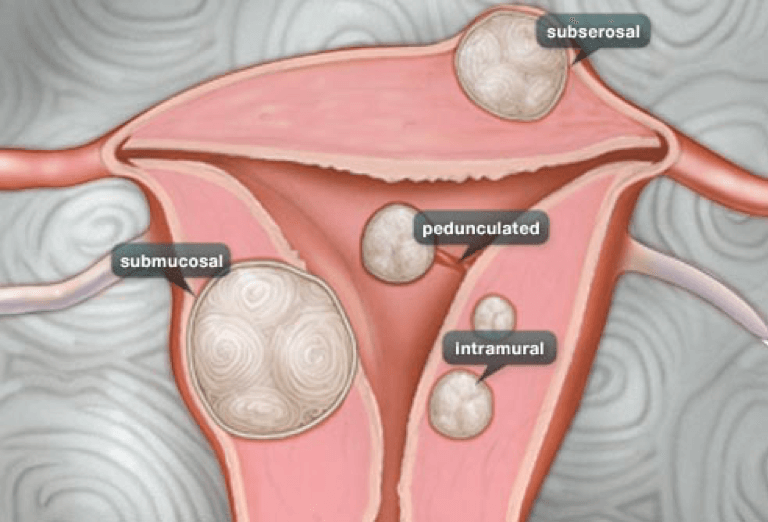So you’ve had an ultrasound scan and have been told that you have fibroids…so what exactly does that mean?
Fibroids are benign growths most commonly occurring in the uterus. The growths can be small or large, and you can have one or multiple.
There is no definitive explanation for what causes fibroids but we do know that they are more common in some races and within families.
Many women have fibroids and have no symptoms, however they can affect your health and well-being in a number of ways, including;
- Heavy and painful periods
- Infertility and miscarriage – some fibroids can distort the cavity of the womb and have been associated with subfertility and difficulty maintaining pregnancy
- Pregnancy problems – if they are large, and located in the lower part of the uterus or cervix they can lead to the need for a caesarean section.
- Bowel and bladder symptoms as a result of them putting pressure on the organs.
So how are they treated?
Treatment will vary from woman to woman, depending on age, symptoms and the size and location of the fibroid.
Fibroids can be treated both medically and surgically. Below are a number of treatment options
- NSAIDs (e.g. Naproxen) and antifibrinolytic (e.g. Tranexamic acid) medication to help with both the pain and amount of bleeding.
- Hormonal contraception such as the combined oral contraceptive pill or long acting progestin only contraceptives (injectable, implant or intrauterine device)- may decrease pain and bleeding.
- GnRH analogues – medications that suppress the ovaries and the hormones they produce. This can lead to a reduction in the size of fibroids however, as they induce a menopausal state, they are only used for the short term or in preparation for surgery.
- Radiographic embolisation of the uterine arteries. This procedure involves placing a catheter into the arteries that supply the fibroid (under X-ray guidance) and injecting particles to block off the blood supply. This avoids more invasive surgery, but is not recommended if future pregnancy is planned. This procedure is performed by an interventional radiologist.
- Myomectomy – This refers to the surgical removal of the fibroid, with the preservation of the remaining uterus.
- Hysterectomy – The removal of the uterus may be appropriate if other options have failed or are not appropriate, and there is no desire for future childbearing.

This information is a guide only, we suggest you discuss your individual circumstances and treatment options with your GP or Gynaecologist.